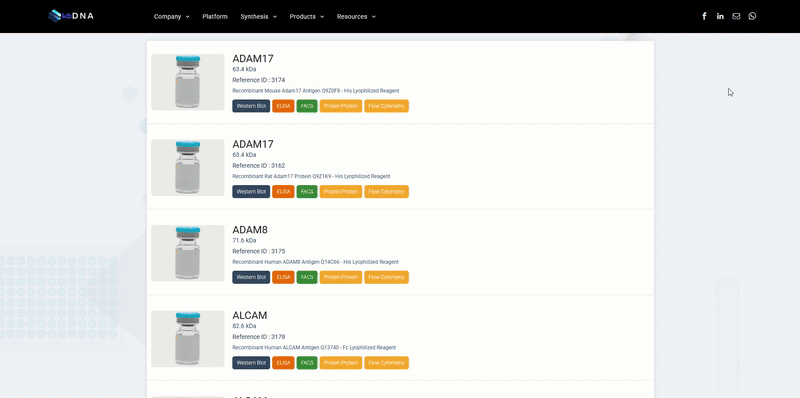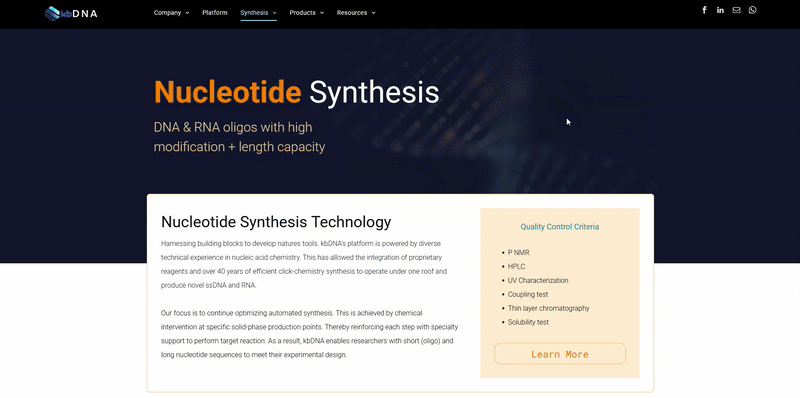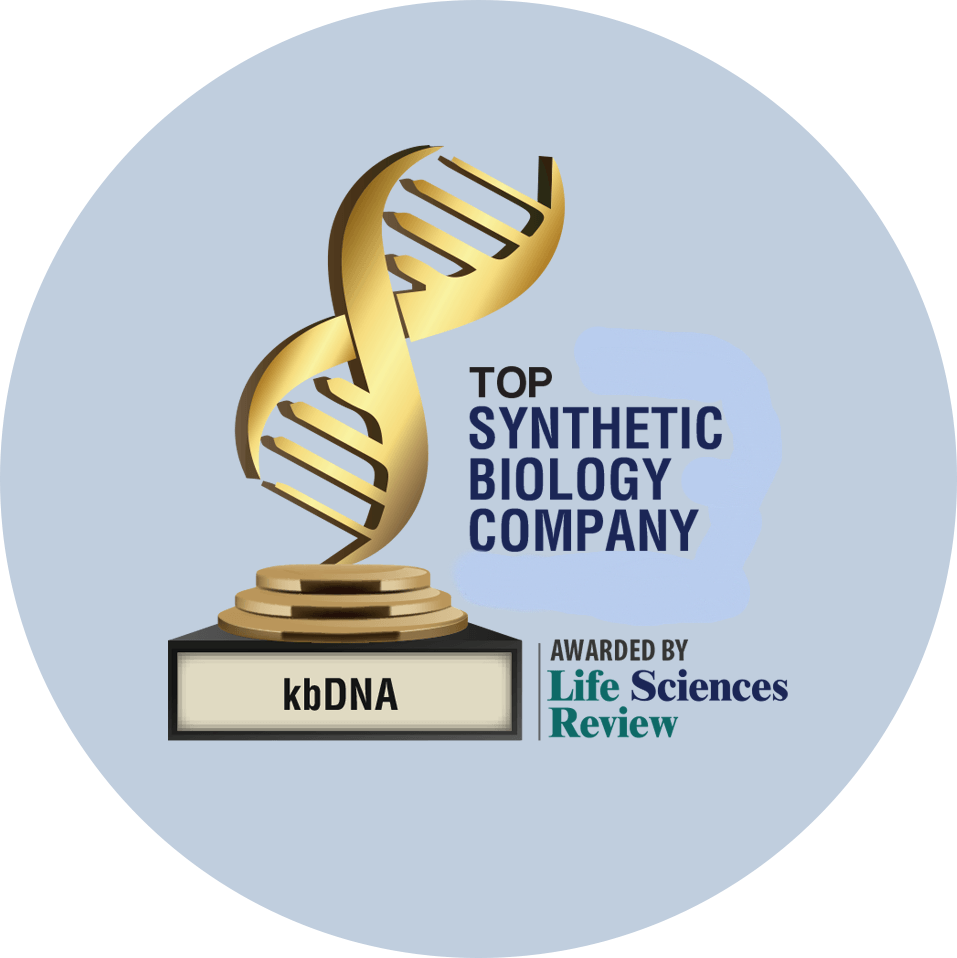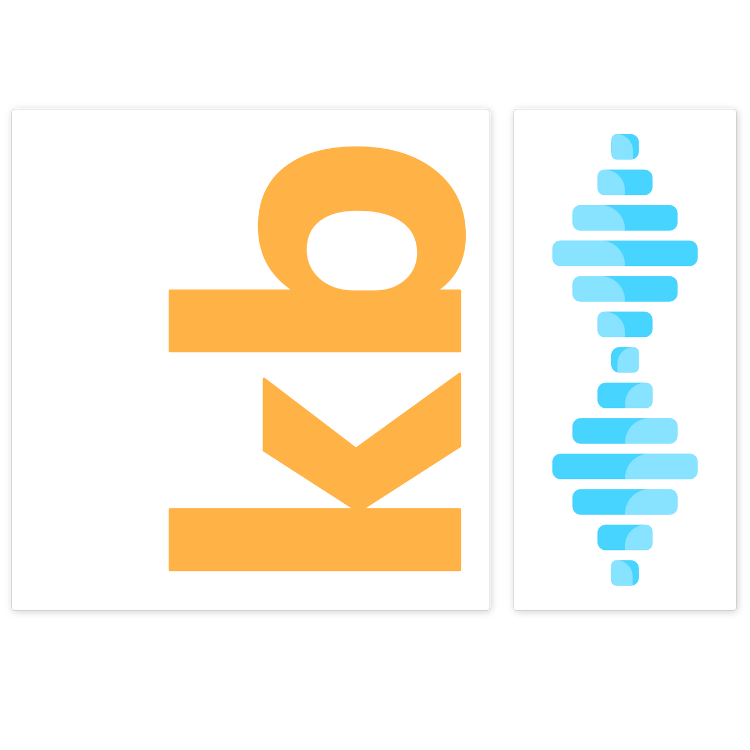Chromogranin A
Recombinant ID:
1756
Request Datasheet
Gene of Interest
Gene Synonyms:
Protein Names:
Accession Data
Organism:
Homo sapiens (Human)
Mass (kDa):
50688
Length (aa):
457
Sequence:
MRSAAVLALLLCAGQVTALPVNSPMNKGDTEVMKCIVEVISDTLSKPSPMPVSQECFETLRGDERILSILRHQNLLKELQDLALQGAKERAHQQKKHSGFEDELSEVLENQSSQAELKEAVEEPSSKDVMEKREDSKEAEKSGEATDGARPQALPEPMQESKAEGNNQAPGEEEEEEEEATNTHPPASLPSQKYPGPQAEGDSEGLSQGLVDREKGLSAEPGWQAKREEEEEEEEEAEAGEEAVPEEEGPTVVLNPHPSLGYKEIRKGESRSEALAVDGAGKPGAEEAQDPEGKGEQEHSQQKEEEEEMAVVPQGLFRGGKSGELEQEEERLSKEWEDSKRWSKMDQLAKELTAEKRLEGQEEEEDNRDSSMKLSFRARAYGFRGPGPQLRRGWRPSSREDSLEAGLPLQVRGYPEEKKEEEGSANRRPEDQELESLSAIEAELEKVAHQLQALRRG
Proteomics (Proteome ID):
Chromogranin-A (CgA) (Pituitary secretory protein I) (SP-I) [Cleaved into: Vasostatin-1 (Vasostatin I); Vasostatin-2 (Vasostatin II); EA-92; ES-43; Pancreastatin; SS-18; WA-8; WE-14; LF-19; Catestatin (SL21); AL-11; GV-19; GR-44; ER-37; GE-25; Serpinin-RRG; Serpinin; p-Glu serpinin precursor]
Proteomics (Chromosome):
UP000005640
Mass Spectrometry:
Mass=2051.89; Method=MALDI; Range=357-373; Evidence={ECO:0000269|PubMed:17991725}; Mass=3770; Method=MALDI; Range=358-390; Evidence={ECO:0000269|PubMed:10781584}; Mass=3787; Method=MALDI; Range=358-390; Note=With methionine sulfoxide at Met-372.; Evidence={ECO:0000269|PubMed:10781584}; Mass=1070.54; Method=MALDI; Range=369-377; Evidence={ECO:0000269|PubMed:17991725}; Mass=840.45; Method=MALDI; Range=378-384; Evidence={ECO:0000269|PubMed:17991725}; Mass=1389.74; Method=MALDI; Range=378-390; Evidence={ECO:0000269|PubMed:17991725}; Mass=1419.8; Method=MALDI; Range=378-390; Note=With variant Ser-382.; Evidence={ECO:0000269|PubMed:17991725}; Mass=1545.84; Method=MALDI; Range=378-391; Evidence={ECO:0000269|PubMed:17991725}; Mass=1575.9; Method=MALDI; Range=378-391; Note=With variant Ser-382.; Evidence={ECO:0000269|PubMed:17991725}; Mass=1701.96; Method=MALDI; Range=378-392; Evidence={ECO:0000269|PubMed:17991725}; Mass=1318.71; Method=MALDI; Range=380-391; Evidence={ECO:0000269|PubMed:17991725};
Function [CC]:
Pancreastatin: Strongly inhibits glucose induced insulin release from the pancreas.; Catestatin: Inhibits catecholamine release from chromaffin cells and noradrenergic neurons by acting as a non-competitive nicotinic cholinergic antagonist (PubMed:15326220). Displays antibacterial activity against Gram-positive bacteria S.aureus and M.luteus, and Gram-negative bacteria E.coli and P.aeruginosa (PubMed:15723172 and PubMed:24723458). Can induce mast cell migration, degranulation and production of cytokines and chemokines (PubMed:21214543). Acts as a potent scavenger of free radicals in vitro (PubMed:24723458). May play a role in the regulation of cardiac function and blood pressure (PubMed:18541522). {ECO:0000269|PubMed:15326220, ECO:0000269|PubMed:15723172, ECO:0000269|PubMed:21214543, ECO:0000269|PubMed:24723458, ECO:0000303|PubMed:18541522}.; Serpinin: Regulates granule biogenesis in endocrine cells by up-regulating the transcription of protease nexin 1 (SERPINE2) via a cAMP-PKA-SP1 pathway. This leads to inhibition of granule protein degradation in the Golgi complex which in turn promotes granule formation. {ECO:0000250|UniProtKB:P26339}.
Metal Binding:
N/A
Site:
N/A
Tissue Specificity:
GE-25 is found in the brain. {ECO:0000269|PubMed:7535395}.
Disease:
N/A
Mutagenesis:
N/A
Reagent Data
Name:
Chromogranin-A (CgA) (Pituitary secretory protein I) (SP-I) [Cleaved into: Vasostatin-1 (Vasostatin I); Vasostatin-2 (Vasostatin II); EA-92; ES-43; Pancreastatin; SS-18; WA-8; WE-14; LF-19; Catestatin (SL21); AL-11; GV-19; GR-44; ER-37; GE-25; Serpinin-RRG; Serpinin; p-Glu serpinin precursor]
Class:
Subcategory:
Recombinant
Molecular Weight:
Source:
Species:
Human
Amino Acid Sequence:
Tag:
Format:
Solution
Formulation:
Sterile-filtered colorless solution
Formulation Concentration:
1mg/ml
Buffer Volume:
20mM
Buffer Solution:
Tris-HCl
pH:
8
Stabilizers
NaCl:
Null
Metal Chelating Agents
EDTA:
Null
Purity:
> 95%
Determined:
SDS-PAGE
Stained:
Inquire
Validated:
Inquire
Sample Handling
Storage:
4°C
Stability:
This bioreagent is stable at 4°C (short-term) and -70°C(long-term). After reconstitution, sample may be stored at 4°C for 2-7 days and below -18°C for future use.
Preparation:
Reconstitute in sterile distilled H2O to no less than 100ug/ml; dilute reconstituted stock further in other aqueous solutions if needed. Please review COA for lot-specific instructions. Final measurements should be determined by the end-user for optimal performance.












